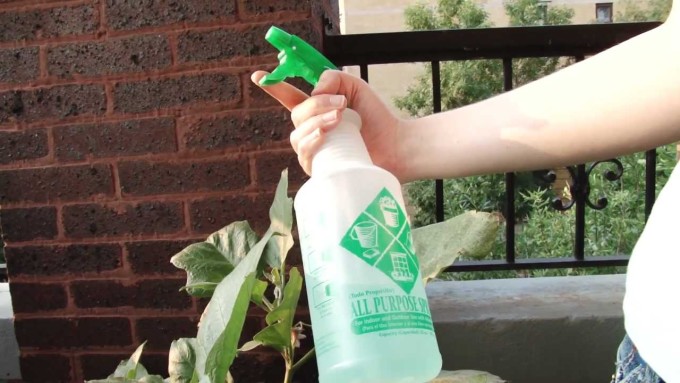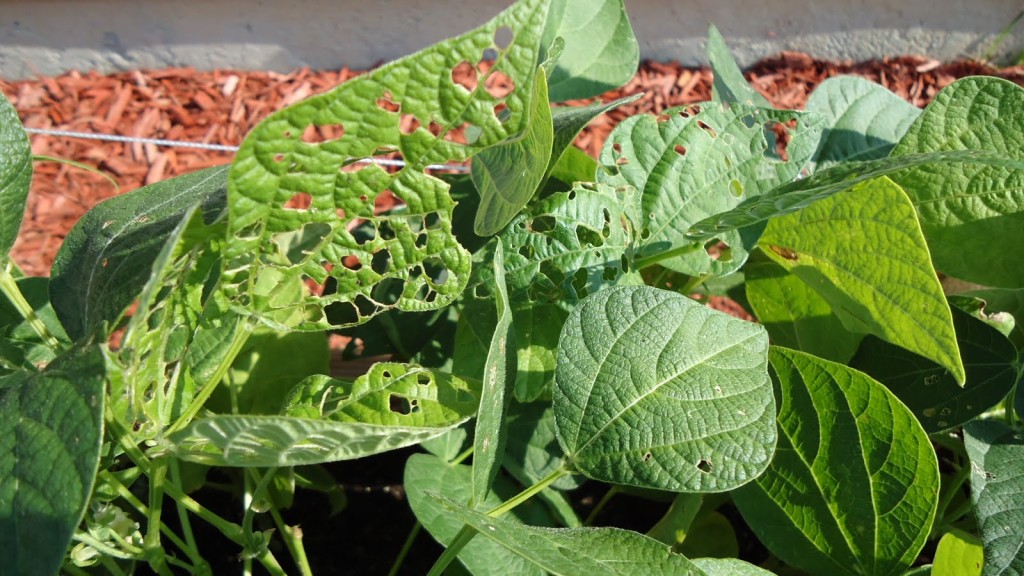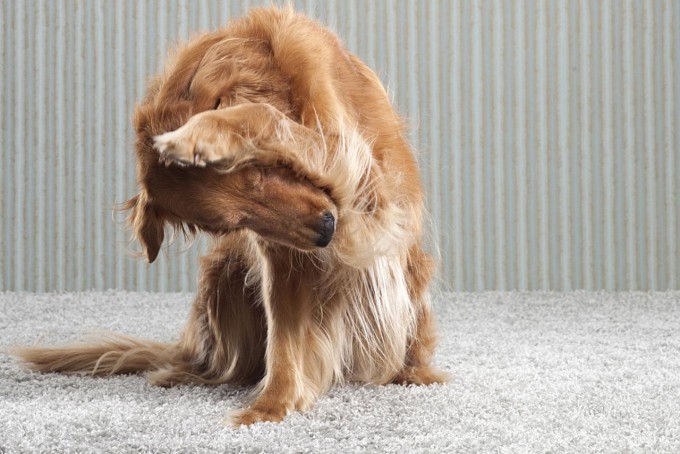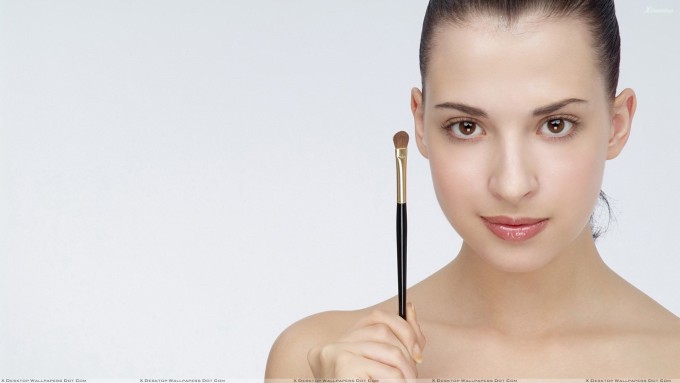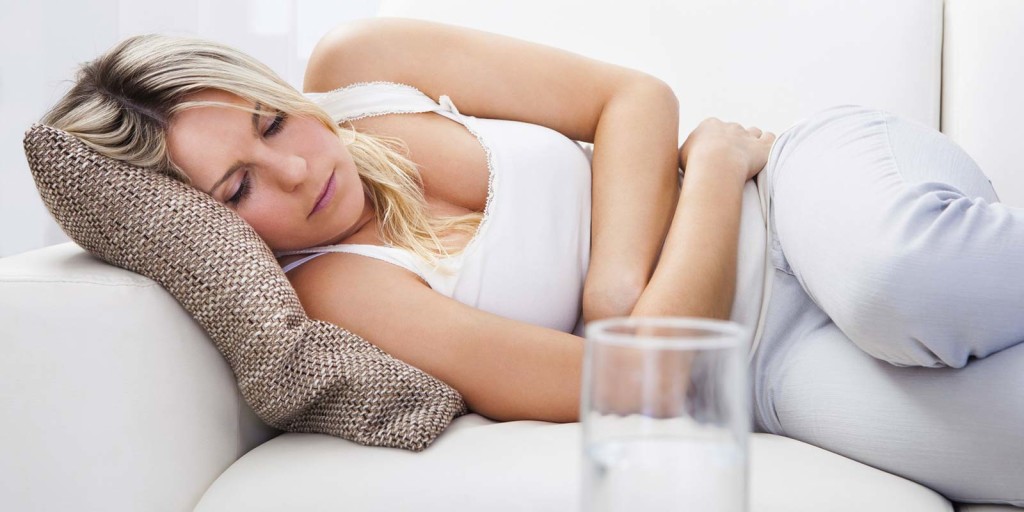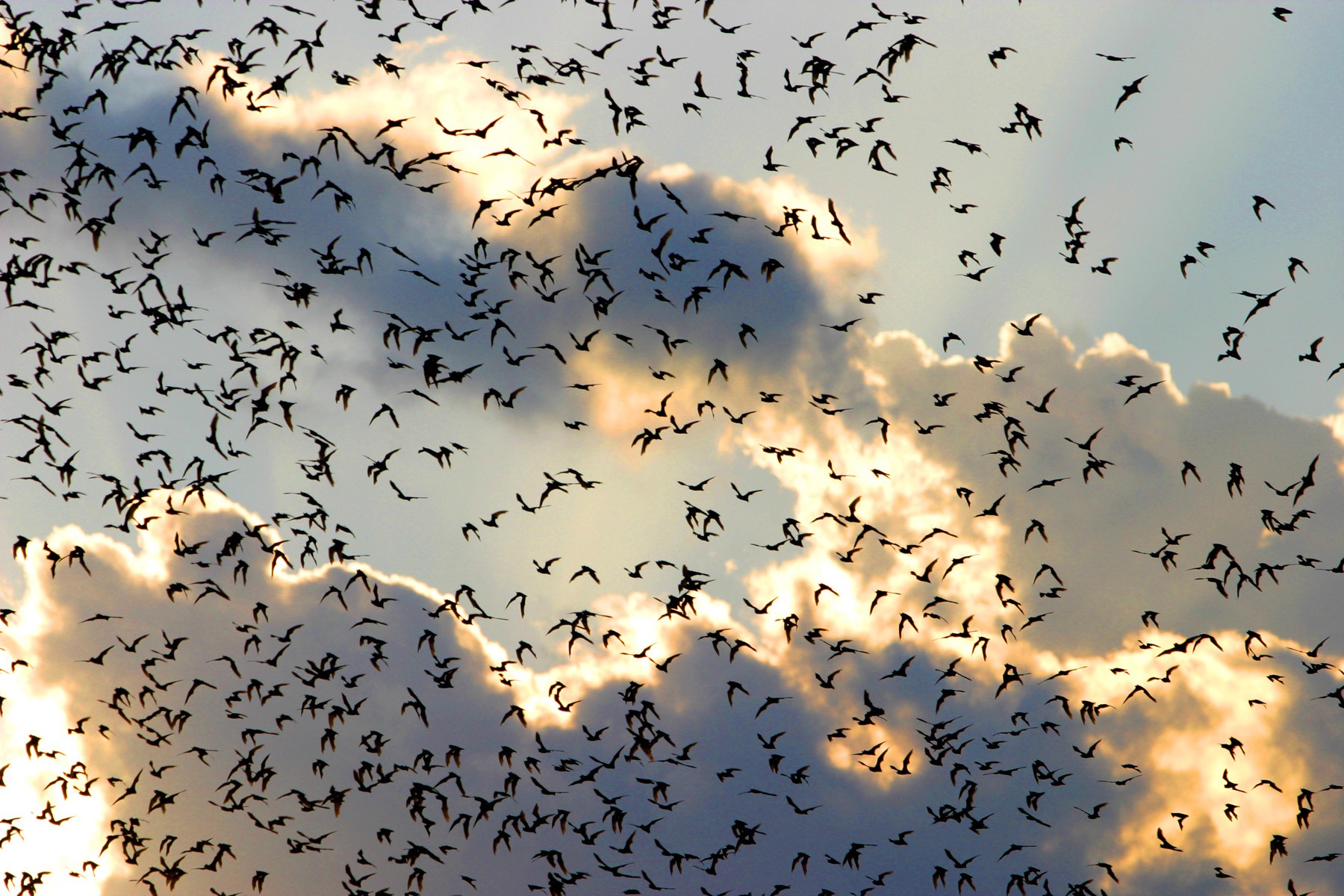The story of Whatsapp began when Brian Acton and Jan Koum, both former Yahoo employees, left the company together to take a much-needed break from work in 2007.
Category: Blog
How to get rid of beetles
- Clean all pet bedding
The first step in all activities focussing on cleaning a house or property of fleas is to clean all pet bedding or any cloth item that may be commonly for lying or sleeping used by the pets commonly. These items of bedding are commonly breeding grounds for these beetles and are frequently the sites of large beetle based colonies and such. Cleaning all bedding in the washing machine and later using the dryer to dry them for about 15-20 minutes can help to kill adult beetles along with larvae and eggs.
- Vacuum the whole house down
Beetles usually locate their colonies and lay their eggs in regions of the house that are usually damp or not exposed to sunlight. Before cleaning the carpets, salt, borax or baking soda must be sprinkled under the carpets. These salts have the property to absorb moisture from the surrounding air. The absorption dry out of moisture will cause the flea eggs to dry out, thereby killing the larvae and eggs hidden deep inside the carpet. After the vacuum is completed, the debris must be collected and disposed in an air-sealed bag, so that the beetles and other insects that are still alive may not crawl back into the house to lay eggs and to start new colonies.
- Install dehumidifiers
Beetles usually lay eggs and start their colonies in region that are damp, humid and away from sunlight. Install dehumidifiers that absorbs and removes all the water in a room helps to kill adult beetles and larvae, and to stop the eggs from hatching, as beetles require moisture to grow and to hatch their eggs.
How to get rid of the flu
The flu is an extremely common and widespread medical condition that is commonly initiated due to a change in the weather as the temperature starts to drop before the winter starts.
How to get rid of fleas
Fleas are parasitic insects that live off sucking the blood of animals and rarely humans. Fleas reproduce rapidly, creating large colonies which work together on identifying sources of food and together tackle these identified sources. Fleas lay a large number of eggs rapidly making it imperative that their growth and spread be contained as early as possible. The presence of fleas may be observed and identified by a careful observation of the behaviour of the animals and pets in the house. Fleas are extremely resilient and resistant to common defence mechanisms such as delousing and other methods. The following are a couple of helpful suggestions that can help you deal successfully with the menace and threat caused by fleas in your homes and property. Be sure to pass on any tips that you find effective to your friends, family and close relatives who may be facing difficulties along similar lines on account of fleas and such.
- Clean all pet bedding
The first step in all activities focussing on cleaning a house or property of fleas is to clean all pet bedding or any cloth item that may be commonly for lying or sleeping used by the pets commonly. These items of bedding are commonly breeding grounds for fleas and are frequently the sites of large flea based colonies and such. Cleaning all bedding in the washing machine and later using the dryer to dry them for about 15-20 minutes can help to kill adult fleas along with larvae and eggs.
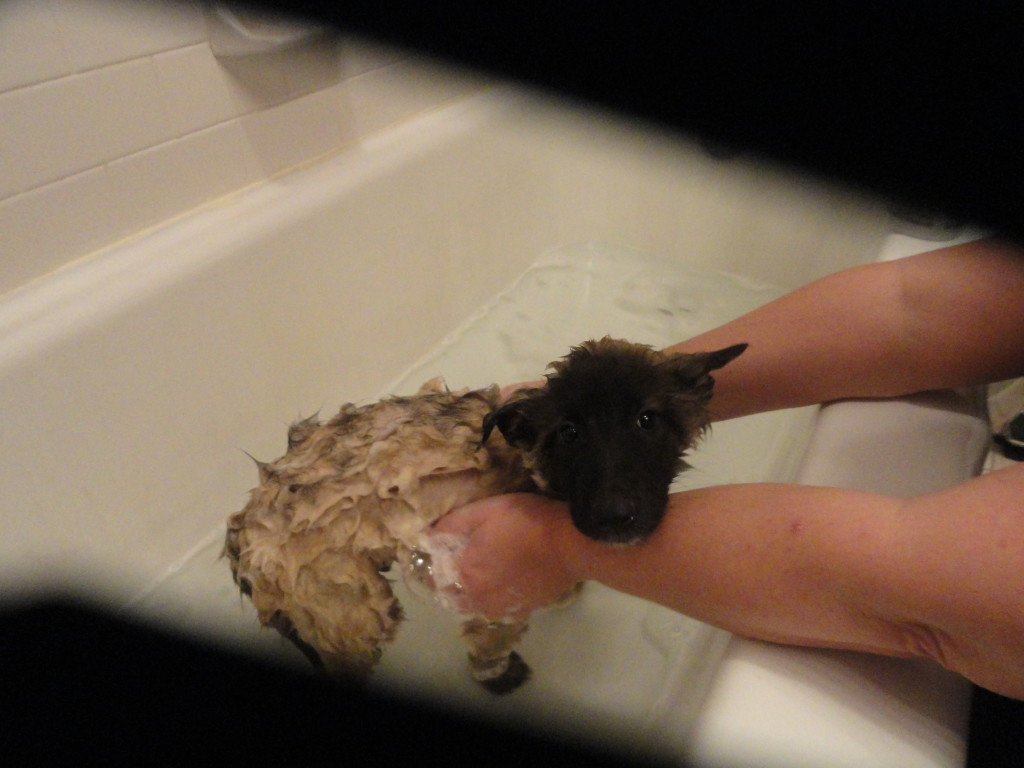
- Vacuum the whole house down
Fleas usually locate their colonies and lay their eggs in regions of the house that are usually damp or not exposed to sunlight. Before cleaning the carpets, salt, borax or baking soda must be sprinkled under the carpets. These salts have the property to absorb moisture from the surrounding air. The absorption dry out of moisture will cause the flea eggs to dry out, thereby killing the larvae and eggs hidden deep inside the carpet. After the vacuum is completed, the debris must be collected and disposed in an air-sealed bag, so that the fleas and other insects that are still alive may not crawl back into the house to lay eggs and to start new colonies.
- Install dehumidifiers
Fleas usually lay eggs and start their colonies in region that are damp, humid and away from sunlight. Install dehumidifiers that absorbs and removes all the water in a room helps to kill adult fleas and larvae, and to stop the flea eggs from hatching, as fleas require moisture to grow and to hatch their eggs.
- Clean pets regularly
Fleas often enter the house and reach pets through other pets who may go out to play in the open which brings them into contact with fleas and other parasitic insects. Cleaning your pets regularly, and give them thorough wash-downs can help in ensuring that your pets remain clean and free of fleas.
How to get rid of acne scars
Acne is a medical condition that affects the epidermal layer of the skin resulting in painful; and pus-filled pimples that leave behind uneven crater like deformities when they are burst or removed. Acnes is usually the result of oily skin or a high stress lifestyle exposed to dust, smoke and other harmful particulate matter present in everyday urban polluted air. Acne can be painful, embarrassing and may often badly hit your self esteem and may cause much physical pain. However even after the initial bout of the acne cures, it may leave behind scars and deformities that may continue to haunt you. While these scars cannot be made to disappear overnight they can certainly be mitigated and their impact and prominence diminished and reduced beyond recognition and discernment. The following are a couple of helpful suggestions that can help you deal successfully with the scars left over from an onset of acne. Be sure to pass on any tips that you find effective to your friends, family and close relatives who may be suffering from acne and its aftermath scars themselves.
- Using fresh lemon juice
Lemon juice is an extremely common and effective solution to the scars left behind from an onset of acne. Lemon juice has also the property of being easily available and not having any particularly strong odour that makes it all the more attractive. Lemon juice also contains natural skin bleaching properties that help to lighten the contrast between the scars of the acne and the surrounding skin, thus making the scars less obvious or discernible. Lemon juice may be applied directly and later washed off, or a lemon paste may be used as a mask that is left on overnight and is then washed off. When using lemon juice care must be taken to ensure that the skin is moisturised immediately after the lemon extract is washed off as the citric acid present in the lemon may cause the skin to dry up and to lose its water content which is naturally required for the nutrition and the nourishment of the skin particularly the facial skin.
- Ex-foliation using baking soda
Baking soda is commonly used as an effective exfoliating agent that helps to remove the hair growing out of the skin and to minimize the contrast and the severity of the acne scars. Baking soda can be rubbed into a paste and may be applied to the face. This paste must be left on for about two minutes after which it may be wiped off.
- Applying honey
Honey is generally considered as a strong nourishing agent for the skin and as an anti-septic and anti-bacterial cleansing agent. Applying honey on the facial skin affected by acne can help to clear up the acne pimples and the marks that acne leaves behind. Honey contains extremely potent anti-bacterial properties that soothes the skin and helps to reduce inflammation. The most effective varieties of honey are usually row honey or manuka honey.
How to get rid of cyctic acne
Cystic acne is a medical condition that affects the epidermal layer of the skin resulting in painful; and pus-filled pimples that leave behind uneven crater like deformities when they are burst or removed. Acnes is usually the result of oily skin or a high stress lifestyle exposed to dust, smoke and other harmful particulate matter present in everyday urban polluted air. Acne can be painful, embarrassing and may often badly hit your self esteem and may cause much physical pain. However even after the initial bout of the acne cures, it may leave behind scars and deformities that may continue to haunt you. While these scars cannot be made to disappear overnight they can certainly be mitigated and their impact and prominence diminished and reduced beyond recognition and discernment. The following are a couple of helpful suggestions that can help you deal successfully with the scars left over from an onset of acne. Be sure to pass on any tips that you find effective to your friends, family and close relatives who may be suffering from acne and its aftermath scars themselves.
- Using fresh lemon juice
Lemon juice is an extremely common and effective solution to an onset of acne. Lemon juice has also the property of being easily available and not having any particularly strong odour that makes it all the more attractive. Lemon juice also contains natural skin bleaching properties that help to lighten the contrast between the scars of the acne and the surrounding skin, thus making the scars less obvious or discernible. Lemon juice may be applied directly and later washed off, or a lemon paste may be used as a mask that is left on overnight and is then washed off. When using lemon juice care must be taken to ensure that the skin is moisturised immediately after the lemon extract is washed off as the citric acid present in the lemon may cause the skin to dry up and to lose its water content which is naturally required for the nutrition and the nourishment of the skin particularly the facial skin.

- Ex-foliation using baking soda
Baking soda is commonly used as an effective exfoliating agent that helps to remove the hair growing out of the skin and to minimize the contrast and the severity of the acne. Baking soda can be rubbed into a paste and may be applied to the face. This paste must be left on for about two minutes after which it may be wiped off.
- Applying honey
Honey is generally considered as a strong nourishing agent for the skin and as an anti-septic and anti-bacterial cleansing agent. Applying honey on the facial skin affected by acne can help to clear up the acne pimples and the marks that acne leaves behind. Honey contains extremely potent anti-bacterial properties that soothes the skin and helps to reduce inflammation. The most effective varieties of honey are usually row honey or manuka honey.
Treating mosquito bites through home remedies
Mosquito bites are ideally the most common irritations we face. From tiny toddlers to retired adults, they are not only an annoyance, but also can cause some serious damage. Itchiness, rashes, skin infections and even deadly diseases like dengue or malaria are potential harms that can be done. Well, here are some home remedies for dealing with them:
Onion or garlic –
These underground-grown vegetables can be used as a before or after treatment fr mosquito bites. Mash them and apply to the affected area. They reduce itchiness and soothe the swelling. Moreover, as a ‘before’ treatment, their strong aroma fend off mosquitoes and other insects. As an ‘after’ apply the crushed remedy to the affected area and wash off after a few minutes.
Salt –
Salt has anti-inflammatory and antiseptic properties. Mix table salt and a little water and apply the paste to the bite. Alternately, you could mix seasoning salt, garlic salt and water in equal amounts and apply the paste to the bite. It may burn for a while but gives you relief soon after. You can even swim in salt water if you live near a beach.
Lemon –
Lemons have natural anaesthetic properties. Halve a lemon and rub the inside of one half onto the bite, which relieves you of itchiness. You may even try to rub the rind of the lemon. Lemon juice helps reduce the chances of getting an infection. You can even mix lemon juice with crushed basil to get a solution.
Aloe Vera –
Aloe Vera diminishes itching, swelling and pain and even quickens the recovery. You simply have to cool the gel of the plant in the refrigerator for 10-15 minutes and then apply directly to the affected area.
Baking Soda –
Baking soda is alkaline in nature and brings down the pH of the skin once in contact with it; and reduces itchiness and gives relief. Add a teaspoon of baking soda to a glass of water. Dip a cloth in it and wrap the cloth around your hand for 10-20 minutes. You may even make a paste out of baking soda and witch hazel and apply it to the bite for 10 minutes and wash off with lukewarm water.
Ice –
Ice numbs the itchiness of the bite. Use an icepack or even ice wrapped around a wash cloth over the bite for 10-15 minutes. Experience the relief from the itchiness and swelling. If you don’t have ice let your hand stay under cold, running water. You may even choose to hold a frozen or cool vegetable over it to feel relief.
Well, those were a few effective tips to relieve mosquito bites. Get rid of them in an instant. You may even take an aspirin, rub alcohol on it or even apply peppermint toothpaste over the bite to experience relief. So no more worries about mosquito bites. Mosquitoes will only come for your blood if they can smell it. Use a mosquito repellent to conceal that smell and guard yourself.
How to Get Rid of Bats
Bats are deemed scary little creatures because of the fact that they hunt during the night and the promotion of this idea by the media. The truth is that they are really scary. They can even cause damages to the place they live in especially if they are staying inside a building. Driving them away is a very important job for many business owners in order to prevent the loss of business because of the bats. Although they may not be physically harmful to humans, there is still a need to drive them away to prevent serious property damage or loss.


